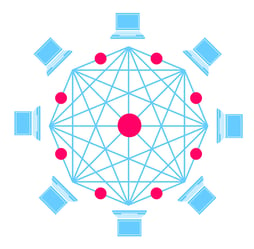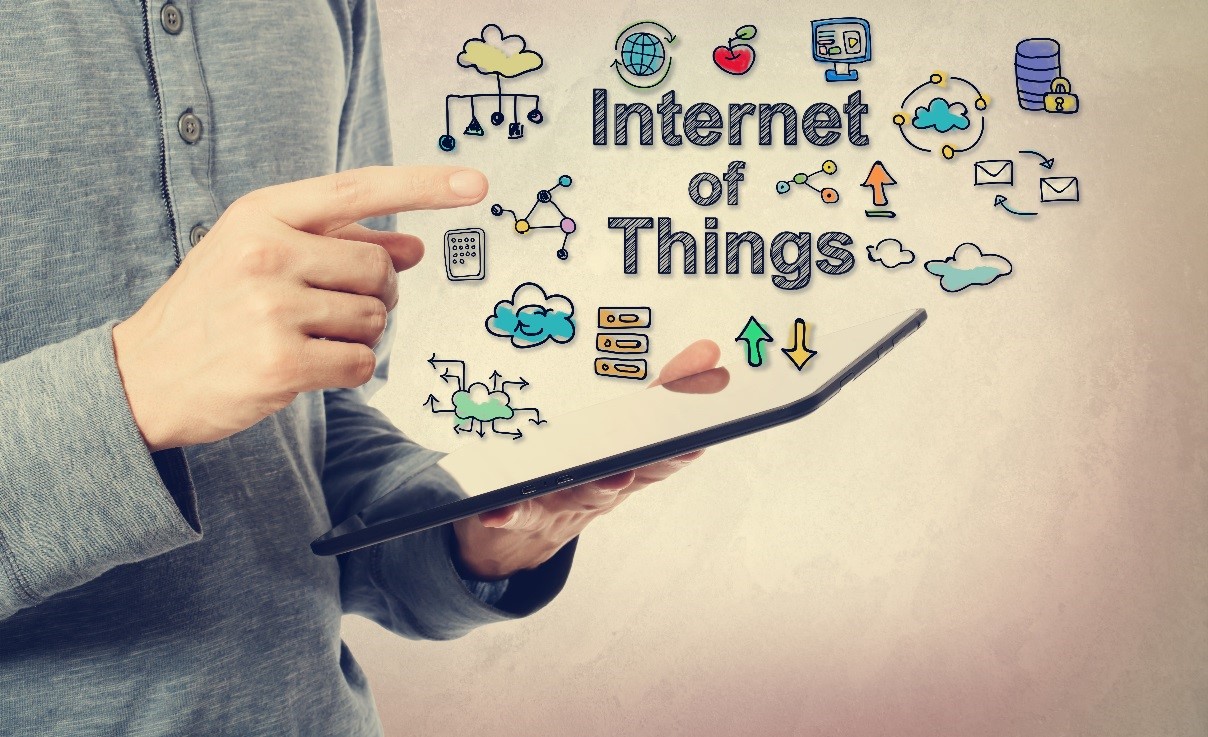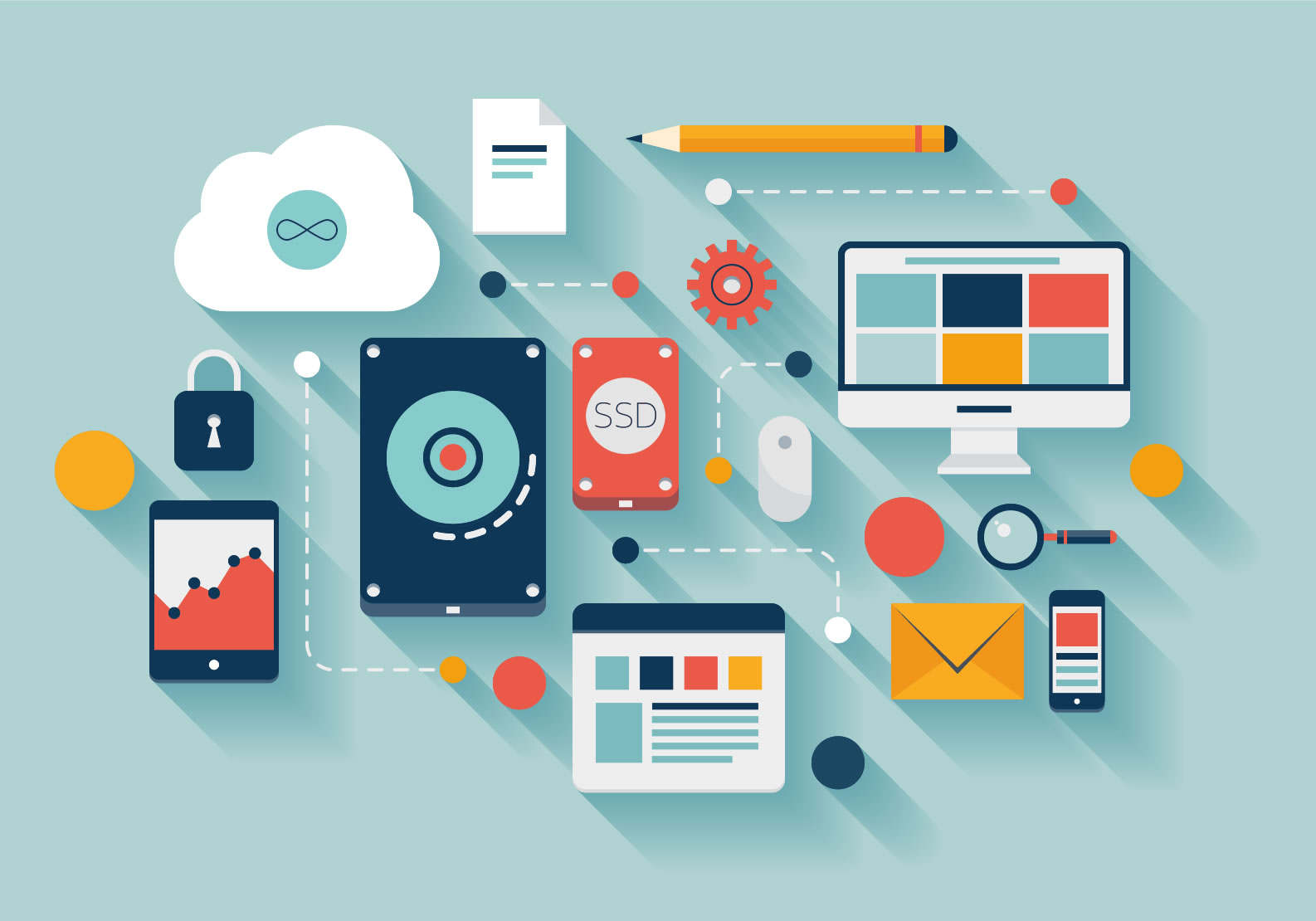Logistics and the Internet of Things (IoT)
Technology is driving the business, in today's era of constant demands expansion where the opportunities and the explorations are enormous and all...
Internet of Things (IoT) is a powerful technology with the potential of making every physical object a powerhouse of data. The sensors today can today be placed in anything our clothes, watches, glasses etc. making humans a critical source of data. While the potential of this technology is massive the adoption, scale and development of IoT are hindered because of many challenges. These include privacy and security issues, limited hardware capabilities, software and firmware issues, public acceptance etc.
Amidst all these challenges the wearable devices market has managed to grow at an exponential rate. In 2016, 28.3 million units of IoT devices made it to the market. According to IDC forecasts, this number will rise to 82.5 million by 2020, showcasing a 31% growth. With more consumer acceptance and improvement of background technology, we can soon expect wearables to become mainstream.
Today 87% of consumers aren’t even aware of the meaning of “The Internet of Things.” Still, fitness freaks have made wearables a massive success in their niche. While watches are widely accepted, smart clothes are yet to find a market. The wearables (or in fact the entire Consumer IoT) industry needs to invest heavily not just in development but also in educating consumers. This is important to build a general acceptance around the idea data collection and smart things.
Get to IoT in detail with our 5 step strategy for implementing IoT in business. Download free eBook today:

To understand the challenges at a deeper level we reached out to some industry experts and here is what they feel about the potential challenges in wearable IoT and solutions:
Nowadays, companies and engineers create mass quantities of new products in wearable IOT. However, some of the products only reach the market of early adopters and can't make it cross the chasm and the bowling alley. A challenge for wearable IoT businesses is, how to update and turn around a product fast enough to reach the mainstream market.
Before that, the main challenge is to understand your market/segments. Are the mainstream consumers comfortable adopting the new technology in their daily lives yet? IoT is a fast growing industry however you companies need to think about the requirements of compatibilities with existing ecosystems for both software and hardware. Sometimes you have a great product but you are too early for the market to adapt it. To conclude, companies should create products that are suitable for the market and compatible with the technology capability nowadays.
- Moréa Pollet, Marketing Specialist at Piedmont Avenue Consulting @M318
Wearables have a bright future and will have a wide range of applications over the coming decade, but there are a number of internal and external factors currently limiting their widespread consumer adoption.
On the device end, limited battery life and dependence on a secondary computing device (usually a smartphone) are limiting the use cases wearables will one day offer. Meanwhile, external issues relating to poor connectivity (Bluetooth, wifi, broadband) and latency (speed of communication with online networks) often interfere with wearables' real-time functionality. The latter is especially important because AR wearables cannot function effectively in high latency environments.
Thankfully, most of these issues will be resolved by the mid to late-2020s thanks to forecasted improvements in battery tech and the implementation of 5G networks.
- David Tal, president of Quantumrun Forecasting, a strategic forecasting agency. @DavidTalWrites
Wearable technology has the potential to track not only what an employee is doing but also private health information. This gives rise to privacy issues because wearable technology can track information to which employers are not entitled. In addition, employers often use the data for performance management where performance is measured against an algorithm derived from data.
Humans, however, are not machines and attempts to measure performance against a chart or a formula does not capture the values of inspiration, aha moments and innovation. The constant measurement at work is the source of constant stress and burnout and can result in a less productive workplace.
- Ronald E. Pizzo, Partner, Coach & Mediator at Pink Larkin @PinkLarkin

The privacy and security issues are making it challenging to scale any wearable technology. Till now fitness is the only industry that has shown some success while other use cases are yet to become popular. To cope up with these we need a solution that makes it possible to develop, scale and secure an IoT network. According to many IoT experts, this can be addressed using the Blockchain technology.
The blockchain is a decentralized public ledger that can be used to store any amount of information in the form of encrypted blocks. Since the entire log of information is encrypted and immutable it addresses the risks of data theft and manipulation that is common in other storage and transfer mechanisms. We haven’t actually seen any large-scale implementation of this idea yet, but this is a promising solution.
If you are looking for developers for giving shape to your IoT project then your search ends here. With a team of skilled IoT developers and passion for innovative technologies, we are ready to take up any challenging task. Contact us today.

Technology is driving the business, in today's era of constant demands expansion where the opportunities and the explorations are enormous and all...

The Internet of Things refers to a physical tool or gadget that offers smart characteristics through connectivity, resulting in greater monitoring...

Internet of Things (IoT) is reforming the game in the matter of how we assemble and manage constant data. It's transforming our lives, regarding...
